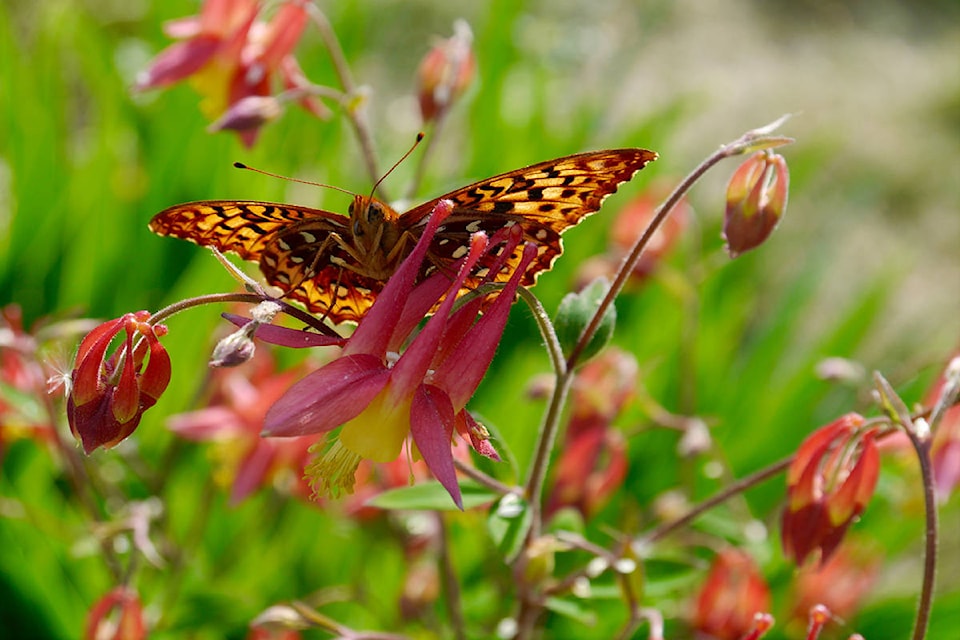The United Nations released a comprehensive global scientific report last week on biodiversity.
This Intergovernmental Science-Policy Platform on Biodiversity and Ecosystem Services (IPBES) report gives one pause as it lays out the bad news that in excess of half a million terrestrial species are at risk of extinction due to habitat loss.
We will have to figure out a way to restore habitat on a massive scale in order to combat species decline, and we need to do it quickly.
For gardeners looking to be part of the solution, inspiration can be found in a great gardening book from 2015 entitled Planting In The Post-Wild World, written by Thomas Rainer and Claudia West.
On the back cover, the book is summarized as a “groundbreaking guide that presents a powerful alternative to traditional horticulture: designed plantings that function like naturally-occurring plant communities.”
The authors make the case for designing plant communities inspired by the wild. In the preface of their book, they call it “a manifesto dedicated to the idea of new nature—a hybrid of both wild and the cultivated—that can flourish in our cities and suburbs, but it needs our help.”
The authors dedicate their book to anyone who can influence a small patch of land, further observing that “while our small urban spaces will never be true grasslands, woodlands or forests, they can look and function like a more-distilled version of them.”
READ MORE: New guide helps South Okanagan homeowners tackle climate change
At the end of the book the authors highlight three garden case studies of very different types of gardens.
They conclude that: “As populations expand and resources become increasingly limited, plantings can no longer be just ornamental backdrops for our buildings.
They must instead perform double duty: cleaning our storm water, providing a food source for pollinators, and acting as a kind of genetic reservoir for diversity.
“Achieving this requires understanding how plants fit together, how they change over time, and how they form stable composition.”
Regionally, the non-profit Okanagan Xeriscape Association (OXA) provides information and offers classes on how to landscape with nature and also hosts an extensive plant database on the website listing and describing appropriate water-wise plants we can grow in this semi-arid valley.
This year OXA is celebrating its tenth anniversary. A garden party takes place June 23 from 2 to 4 p.m. at the unH2O xeriscape demonstration garden next to the H20 Aquatic Centre in Kelowna. This is a free event to which everyone is invited.
Check out the OXA website www.okanaganxeriscape.org for more details.
Eva Antonijevic is a biologist and program director of the Okanagan Xeriscape Association
To report a typo, email: editor@pentictonwesternnews.com.
<>